Go to weapons and shoot the canon to get the cool smoke trail (you can change color of the trail via the canon.)
About the CT-114.
The Snowbirds, officially known as 431 Air Demonstration Squadron (French: 431e Escadron de démonstration aérienne), are the military aerobatics flight demonstration team of the Royal Canadian Air Force. The team is based at 15 Wing Moose Jaw near Moose Jaw, Saskatchewan. The Snowbirds' official purpose is to "demonstrate the skill, professionalism, and teamwork of Canadian Forces personnel". The team also provides a public relations and recruiting role, and serves as an aerial ambassador for the Canadian Armed Forces. The Snowbirds are the first Canadian air demonstration team to be designated as a squadron.
The show team flies 11 CT-114 Tutors: nine for aerobatic performances, including two solo aircraft, and two spares, flown by the team coordinators. Additionally, 13 are maintained in storage. Approximately 80 Canadian Forces personnel work with the squadron full-time; 24 personnel are in the show team that travels during the show season. The Snowbirds are the only major military aerobatics team that operates without a support aircraft.
The Snowbirds continue the flying demonstration tradition of previous Canadian air force aerobatic teams, which include the Siskins, the Blue Devils, the Golden Hawks, and the Golden Centennaires.
Although 431 Air Demonstration Squadron was formed in 1978, its history truly began during the Second World War when, as part of the Commonwealth contribution to aircrew for the war in Europe, 431 (Iroquois) Squadron Royal Canadian Air Force was created under the control of RAF Bomber Command.
Number 431 Squadron formed on 11 November 1942, at RAF Burn (in North Yorkshire), flying Wellington B.X medium bombers with No. 4 Group RAF Bomber Command. The squadron moved to RAF Tholthorpe in mid-1943 as part of the move to bring all RCAF squadrons into one operational group – No. 6 Group RCAF – and converted to Halifax B.V four-engined heavy bombers. In December 1943 the squadron moved to RAF Croft where it was re-equipped with Halifax IIIs and later, Lancaster B.X aircraft. The squadron moved to RCAF Station Dartmouth, Nova Scotia, after the war, disbanding there on 5 September 1945.
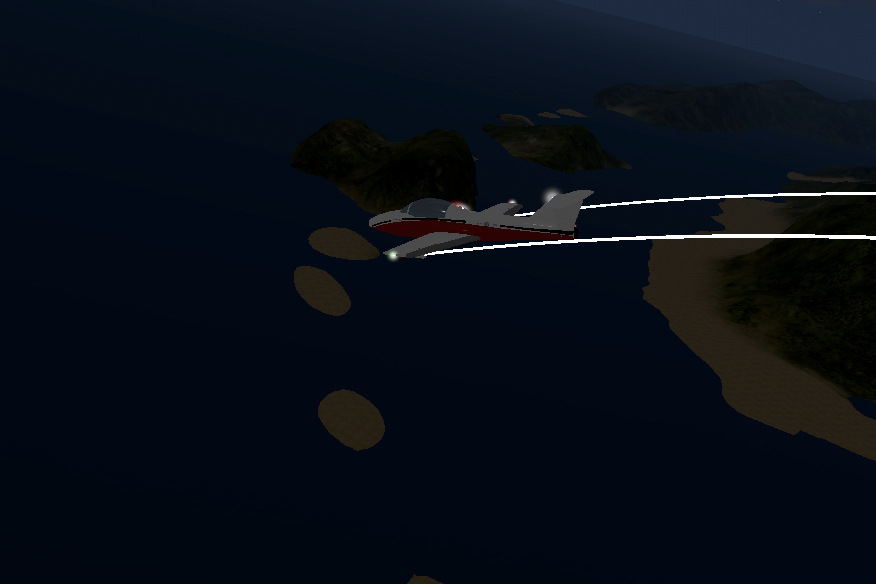
Specifications
Spotlights
- Gabriel747 2.3 years ago
General Characteristics
- Predecessor [Closed]aerobatics squadron challenge
- Created On iOS
- Wingspan 49.8ft (15.2m)
- Length 43.6ft (13.3m)
- Height 12.8ft (3.9m)
- Empty Weight 8,384lbs (3,802kg)
- Loaded Weight 12,159lbs (5,515kg)
Performance
- Power/Weight Ratio 1.801
- Wing Loading 29.7lbs/ft2 (145.2kg/m2)
- Wing Area 408.9ft2 (38.0m2)
- Drag Points 11481
Parts
- Number of Parts 150
- Control Surfaces 5
- Performance Cost 741

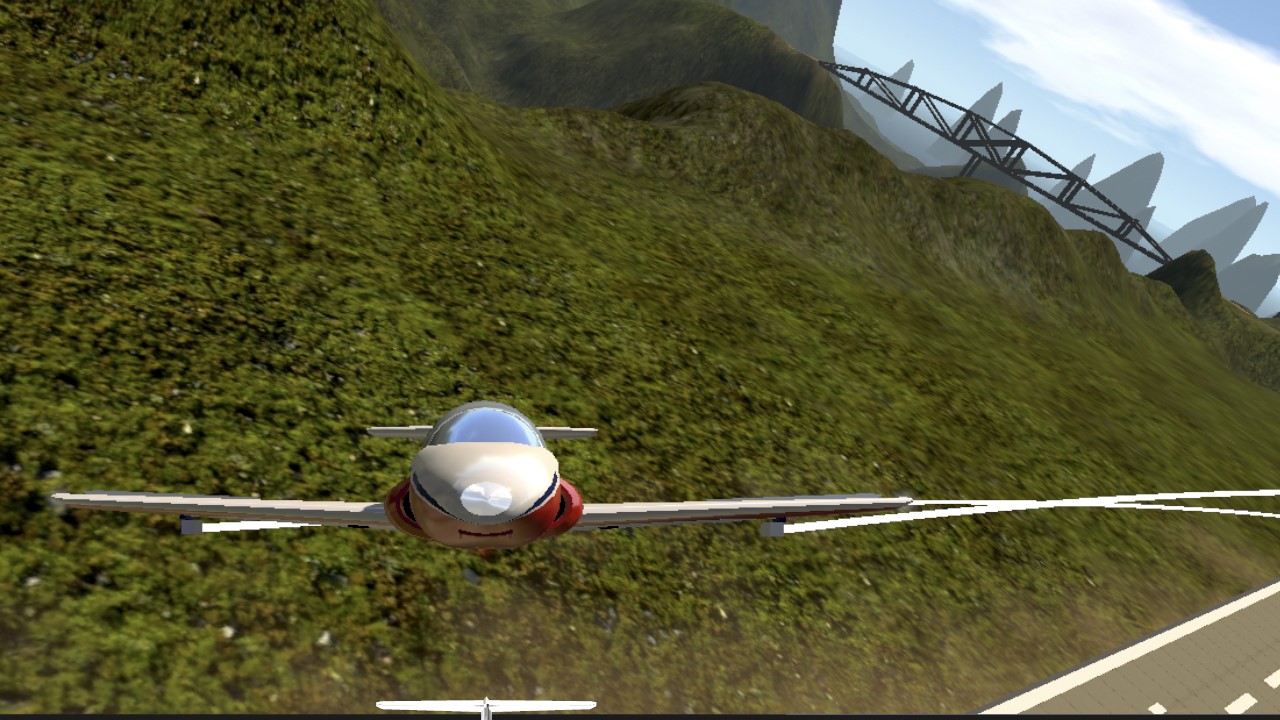
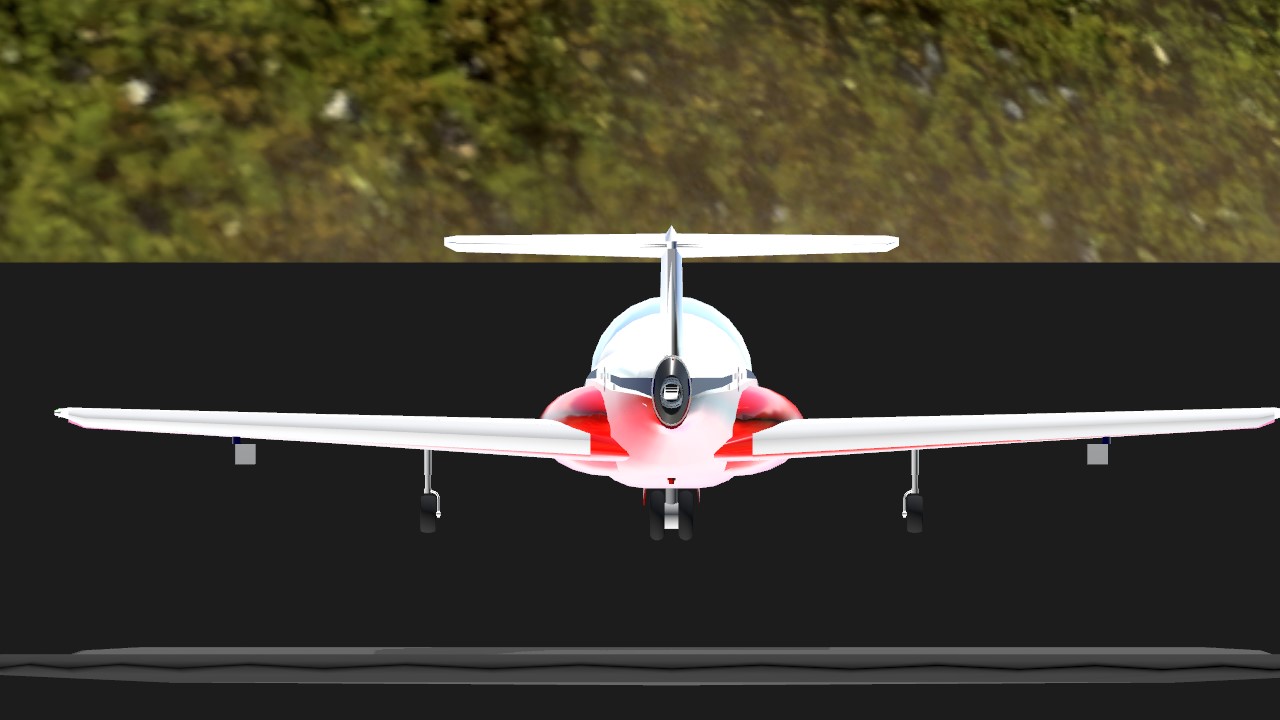
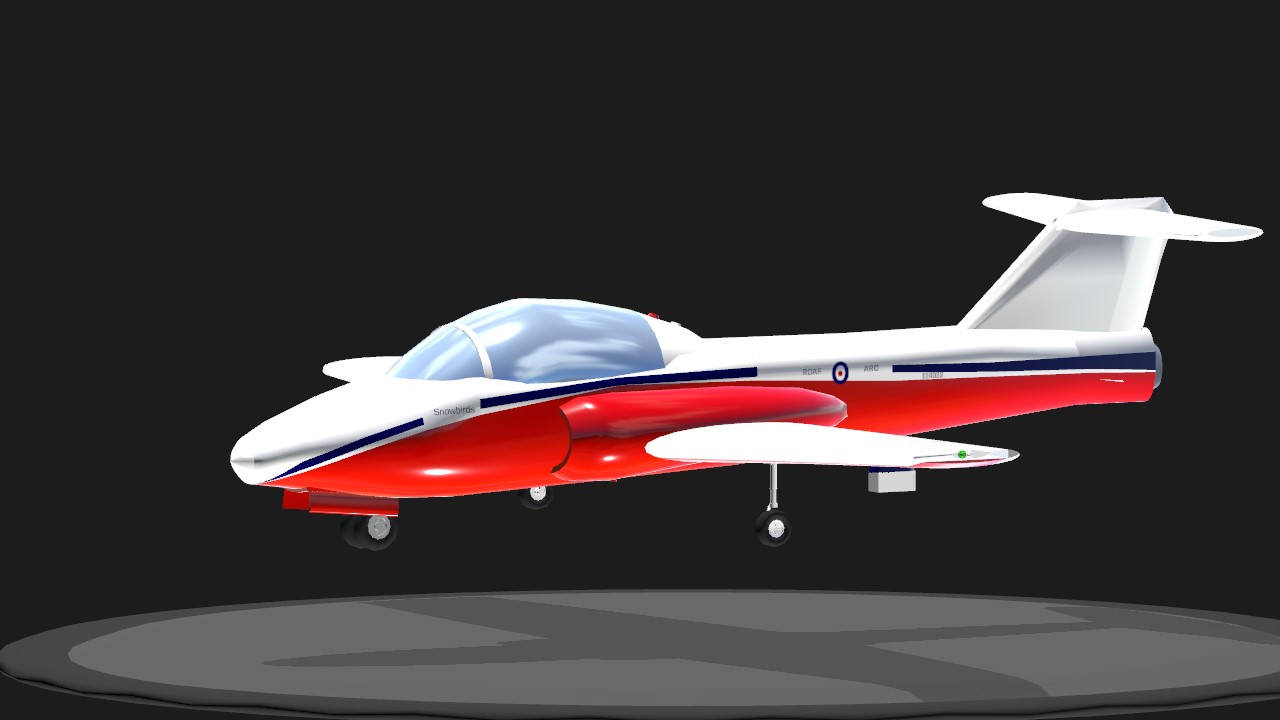

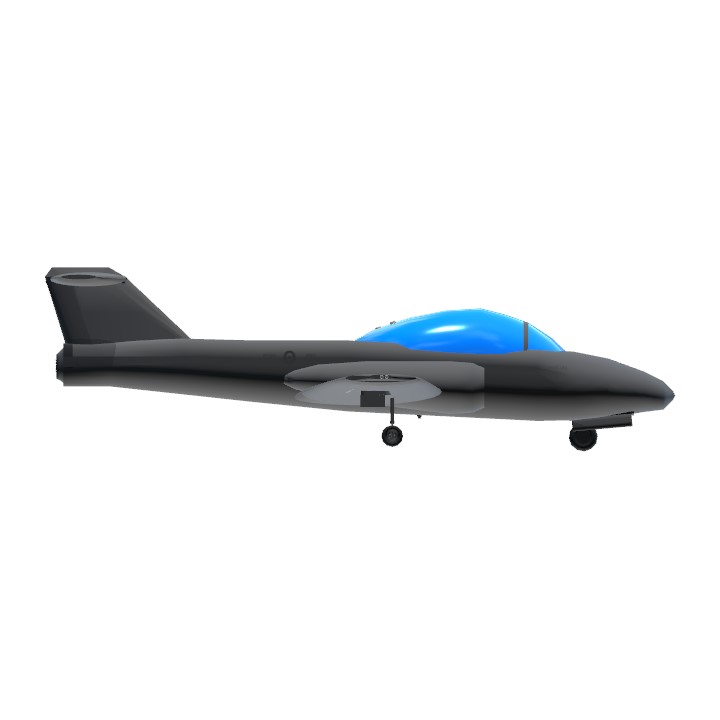
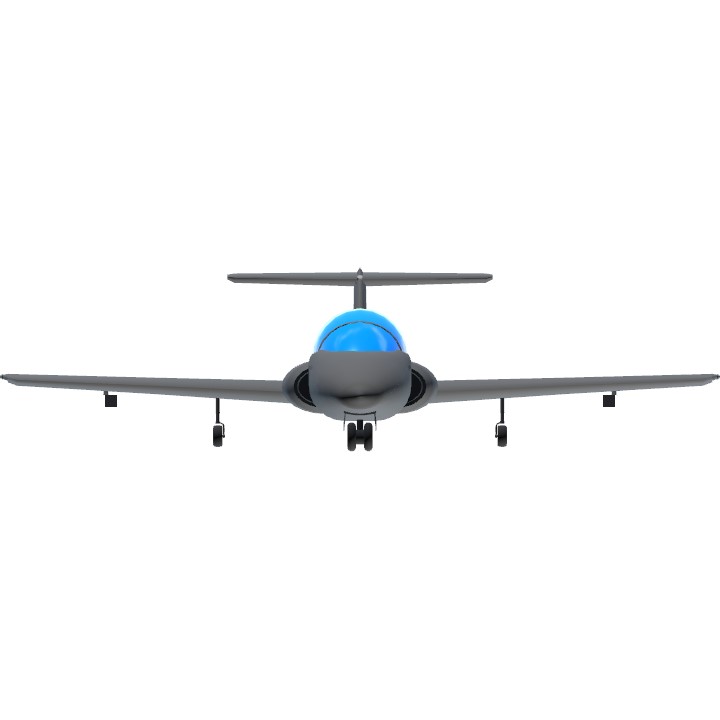
Crazy fun ! But, please remember to turn OFF the camera in the cockpit if the cockpit is going to be buried inside of the fuselage. Sorry it's just a pet peeve, and it sets my OCD right off...lol Z 😺
Very good!
Perfect!
@Zaineman
@MAPA
@Gabriel747